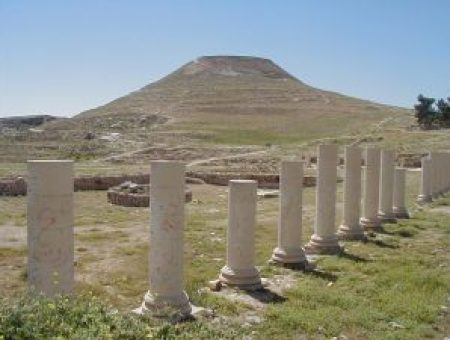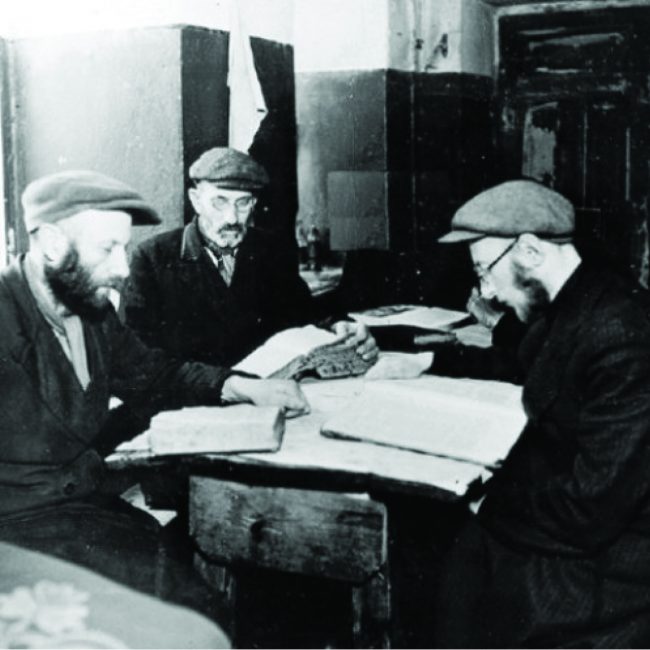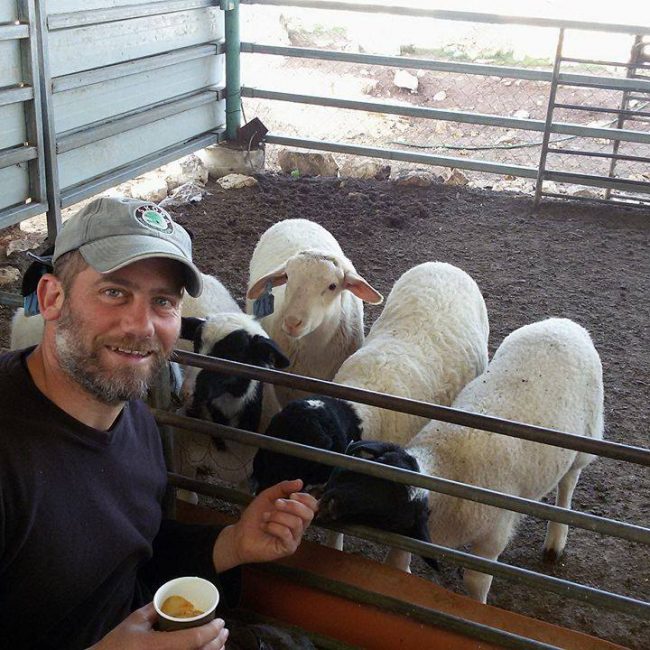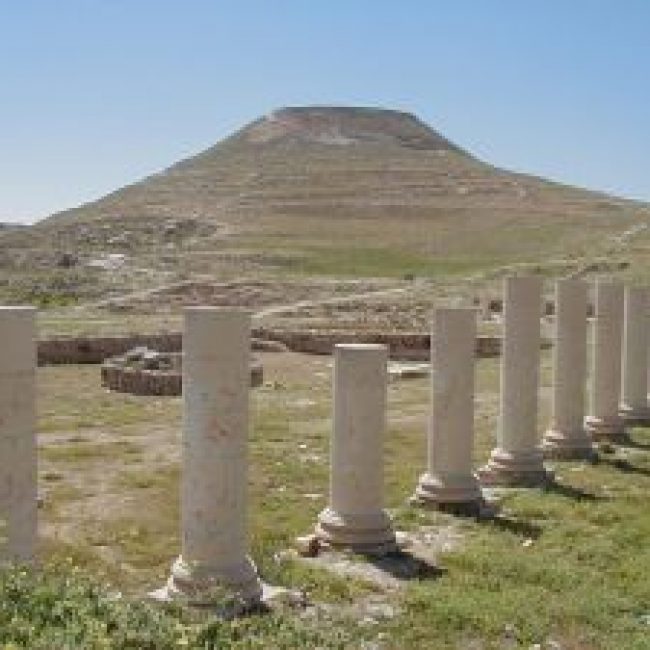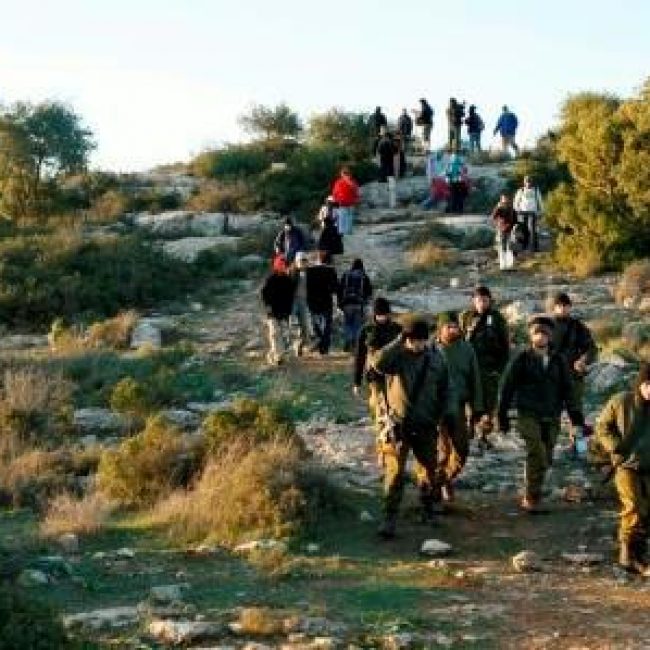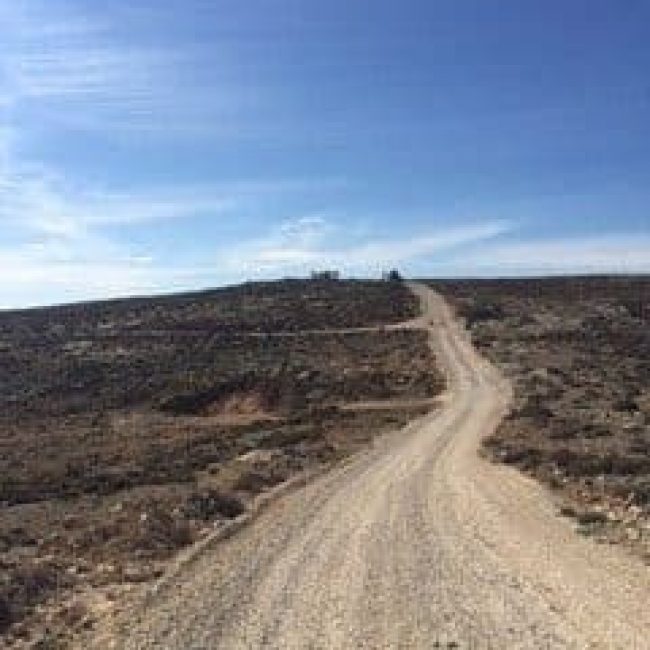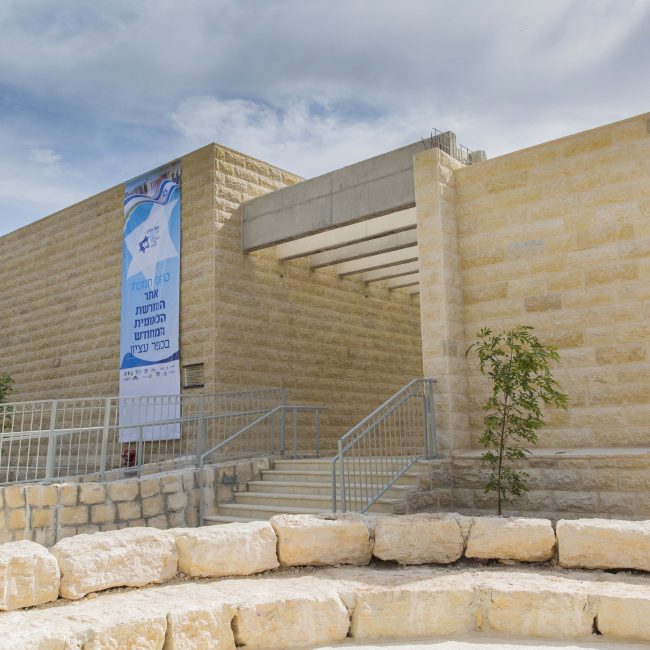Known as the southern gateway to Jerusalem, this strategic area comprises the block of communities that defended the southern approach to Jerusalem against the invading armies in the 1948 Israel War of Independence.
Historically, the area is replete with Biblical scenes and stories of heroism and bravery starting with the time of our forefathers. It was here that Abraham and Isaac passed through on their sojourn from Hebron to Mount Moriah, in its pastoral landscape Ruth gathered the sheaves from the fields of Bethlehem, upon its hilltops David shepherded his father`s sheep and then went on to proclaim his kingdom, and in its deep caves the Maccabees and the Jewish fighters of Bar Kochba sought shelter.
Four brave attempts were made in the last century to populate the area, until finally on the fourth, after the 1967 Six Day War, the Jewish people were successful in settling the area permanently. The first attempt was in 1927, but harsh physical conditions forced the settlers to abandon the settlement they had established, Migdal Eder. The second attempt was made by Shmuel Holtzman in 1935, who established the village of Kfar Etzion and after whom Gush Etzion is named (Holtz=tree=etz). Repeated Arab attacks drove the pioneers away. The third attempt was in 1943, when different affiliated groups established four settlements, the rebirth of Kfar Etzion, Masuot Yitzchak, Ein Tzurim, and Revadim, for a total population of 450 adults. In 1948, all four settlements were totally destroyed. The Arabs murdered 240 men and women, with another 260 being taken into captivity. Prime Minister Ben Gurion in 1948 eulogized the defenders of Gush Etzion and their heroic stand against the Jordanian Legion as such. “I can think of no battle in the annals of the Israel Defense Forces which was more magnificent, more tragic or more heroic than the struggle for Gush Etzion … If there exists a Jewish Jerusalem, our foremost thanks go to the defenders of Gush Etzion”. (An excellent show in Kfar Etzion documents these events.)
For 19 years, until the stunning victory of the 1967 Six Day War, the children of those parents who tragically fell and those who survived could only catch a glimpse from afar of the ancient oak tree located in the heart of Gush Etzion that symbolized for them their yearning to return and reclaim their heritage.
Today, the area, a crucial security buffer for the capital, is just a short 10 minute drive from Jerusalem through the new tunnels road, and is comprised of 20 dynamic and thriving communities with a population of over 20,000.
